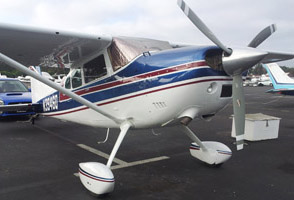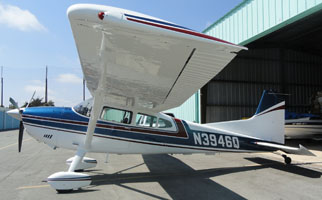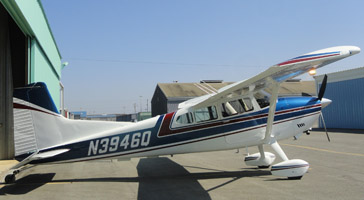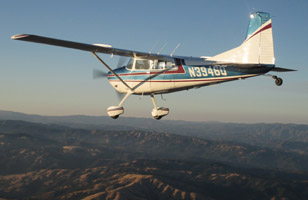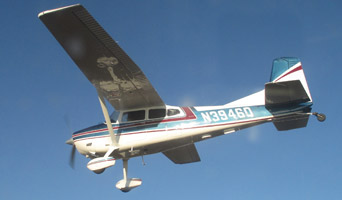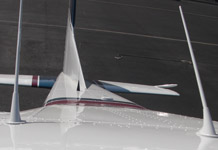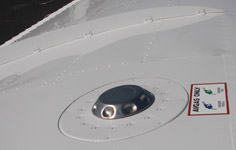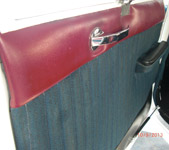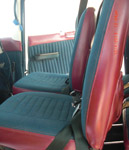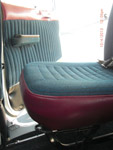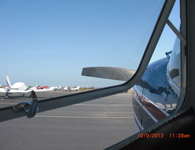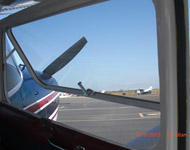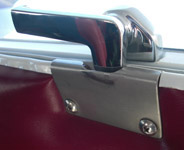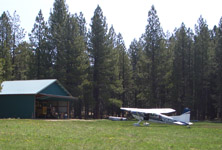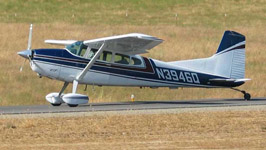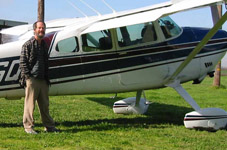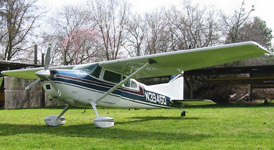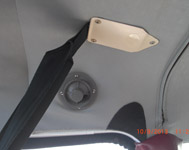 |
The BAS shoulder harnesses are the most popular Cessna safety modification.
The original shoulder harnesses are so inconvenient they rarely get used.
The inertial reel BAS shoulder harness is fastened automatically
when you fasten your lap belt and you hardly know that you are wearing them. The
lap belt may save your life, but it's the shoulder harness that saves your face. |
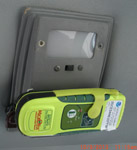 |
The ceiling map light also houses two solid state dimmers - one knob controls the
brightness of the post lights and the other the instrument lighting. The Personal
Locator Beacon is mounted to this panel and is easy to grab from any
of the front or middle row seats. The safety experts say the pilot should wear
this thing, but for me I knew this was not going to happen, so I figured this
was the next best thing. |
